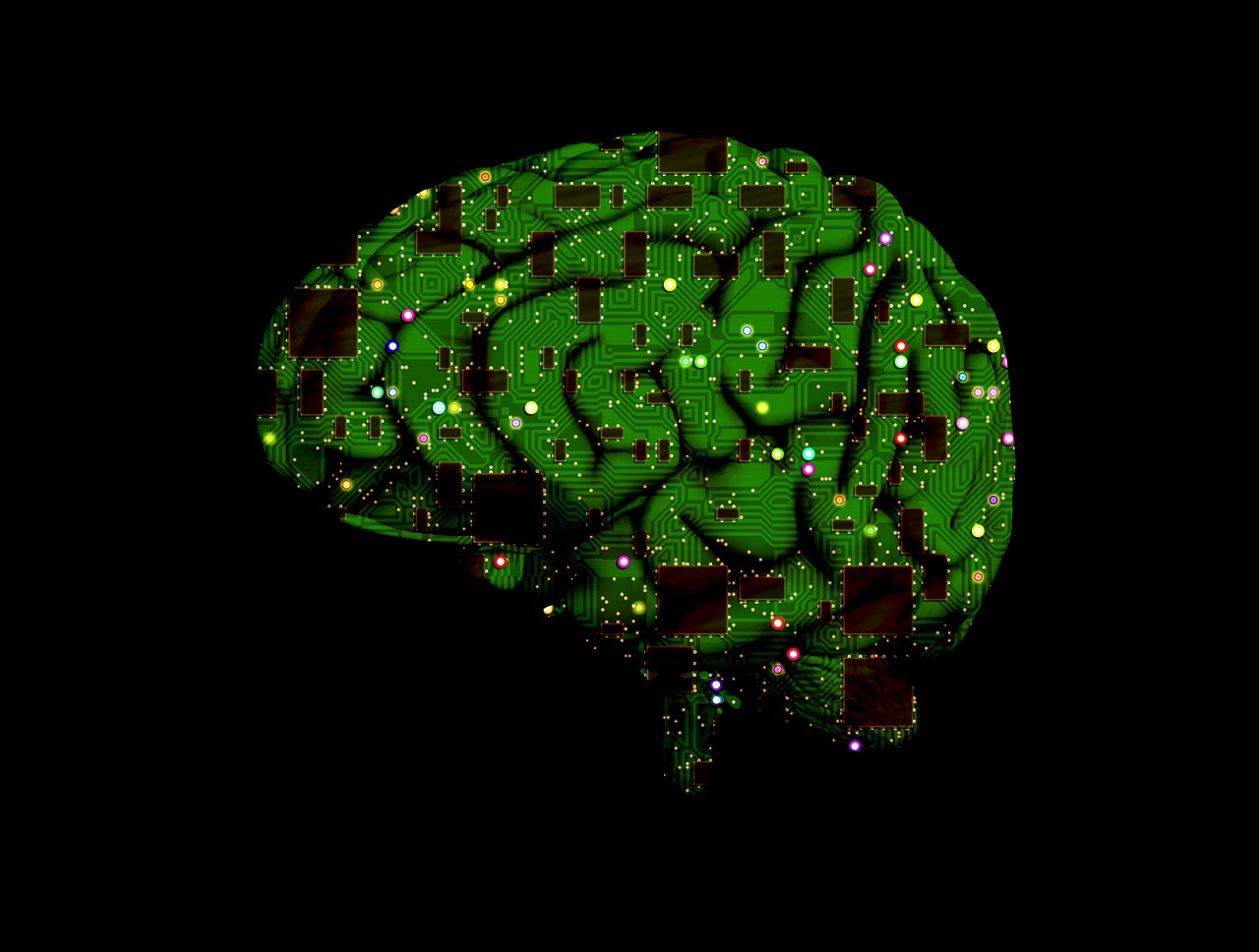Artificial intelligence and the fifth industrial revolution are all the rage in the media. Social sites are leading us into thinking how AI will affect us personally. However, the real future shock awaits us in business.
This article touches on major strategies to consider for sliding into these changes as machine intelligence increasingly thinks faster than us.
AI Is the Power to Seize Opportunity Before It Knocks
Multinational professional services company Accenture published a thought piece on remaining at the leading edge of the AI wave. They approach artificial intelligence as an opportunity to do current processes differently as well as bring in completely new processes too.
They praise the new movement for helping “break down silos and creating more agile and adaptive processes. AI also enables better decision making, and empowers businesses to identify and capture completely new opportunities”.
Accenture suggests five avenues of thought to go down when exploring what AI could do for your business. These are intelligent customer engagement, revenue growth, healthcare, supply chain, and financial crime detection.
Intelligent Customer Engagement to Personalize the Experience
Modern consumers are a lot more discerning of the marketing messages they receive, especially if they suspect business is only after their money. While this may be partly true, we can soften the impact by speaking to modern consumers personally in ways that echo their interests as well-trained tuning forks do. Artificial intelligence is already streets ahead of humans in terms of drawing the essence of customer intent from big data.
Increase Revenue Growth Based on this Intelligence
When we know our customers almost as well as they do themselves, we can deliver them personally relevant messages. Good sales pitches work wonders when the timing is right. That’s because we are onto what they need, not what we want to sell.
Artificial intelligence knows no boundaries and it cannot even spell office politics. Silos have no walls able to withstand it unless we deliberately lock it out. Our reward is a view of our customer from every angle.
Artificially Tuning an Intelligent Supply Chain
After AI predicts what our customers want, then we can hunt down supply chains that are agile enough to deliver swiftly. Once again, artificial intelligence has an edge on us. This is not because it is cleverer than us. It is simply faster because it focuses on the task and is never distracted or away on leave.
A cross-silo survey delivers hard-data-driven facts enabling us to target suppliers with precision, and weed out those not delivering on promises made to customers.
Advanced AI Hardware for Better, Faster Decisions
Amazon, Apple, Google and a few of the larger data centers use custom-built hardware for mega fast machine and deep-learning tasks. We inadvertently use these when we tap into their services.
However, we may eventually decide to invest in our own data engineers and machines. AI is closing in on us faster than we ever imagined before. These are some of the artificial-intelligence-accelerating hardware appearing on boardroom agendas:
- Graphic processing units (GPU’s) have overtaken CPU’s (central processing units) in terms of ability to learn and think conceptually. They are now able to emulate human brains, with near-neural networks aligned with particular tasks that astound neuroscientists.
- Field-programmable gate arrays (FGPA’s) take this potential a stage further by imprinting near-thought processes in integrated circuits. Data engineers are able to reprogram these ‘in the field’ by inter-wiring logic gates in unique configurations. This enables blisteringly fast repetitive thinking.
- However, ASIC’s (application-specific integrated circuits) take this technology a step forward, and even faster because they are highly specific proprietary applications. You already have ASIC’s in your personal, portable devices. As we said earlier this technology is also ready for business.
The Best Physical Place for Your Artificial Intelligence to Reside
There’s an ongoing debate whether data and processing are better / safer / more affordable in their own server room versus on a ‘cloud’ somewhere. This conversation pops up everywhere deep learning and data centers feature.
Perhaps you are contemplating moving your artificial intelligence applications to somewhere better-protected from extreme weather, and frustratingly long power outages.
You may also hope to control costs by moving your systems back to your own working environment. At the end of the day you should do whatever is best for you. We share a few thoughts here to help you reach your decision.
Deep Neural Networks Have Special Requirements
If you choose to have your new AI project in house, then you will need the following according to Determined AI:
- Dedicated hardware comprising GPU’s, FGPA’s, and ASIC’s we discussed
- Secure storage and backup for large, and growing datasets for learning
- Fast links between these resources to allow megabytes of data transfer
It May Make Sense to Do Your Own Learning on a Cloud
It can make bad sense to rush out and purchase your own hardware right away. Particularly if you are still feeling your way in the formative stage, and could end up with redundant ASIC’s and FGPA’s.
This logic points in the direction of using a cloud provider for machine-learning applications during development and bedding down phases. If for some reason you have to abort you will have less fruitless investment in money and time.
Your Own Facilities May Be More Affordable in the Long Run
It’s inevitably more expensive to rent than to purchase. That’s because you can write down capital investments in a few years, whereas a rental agreement can be open ended.
In terms of hard numbers it can therefore pay to relocate in house, once you know the hardware you require, and are able to predict the workload.







